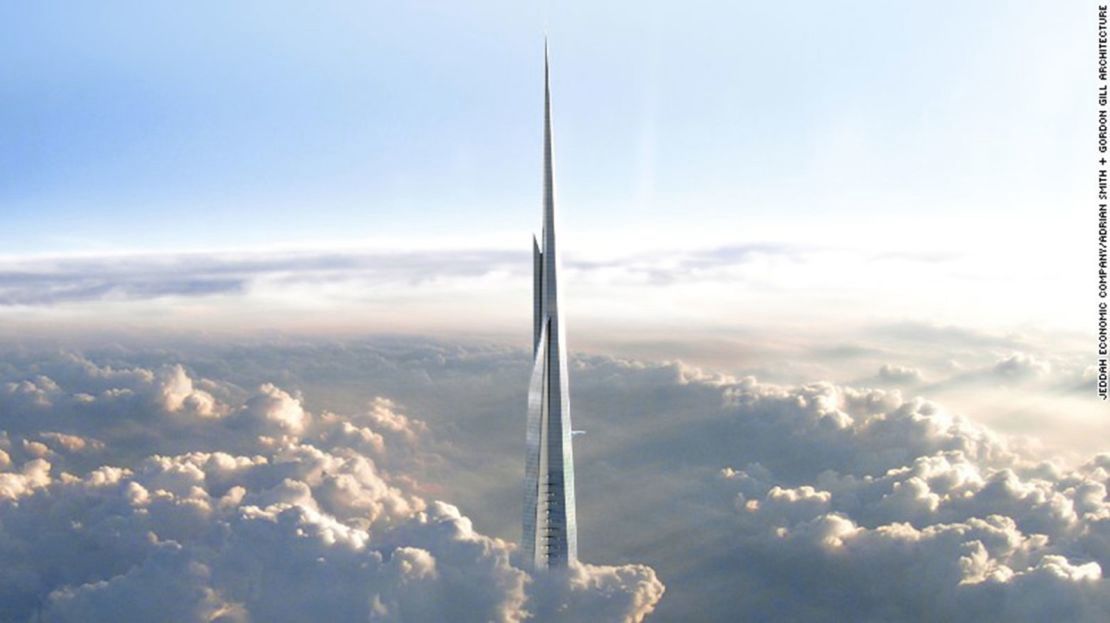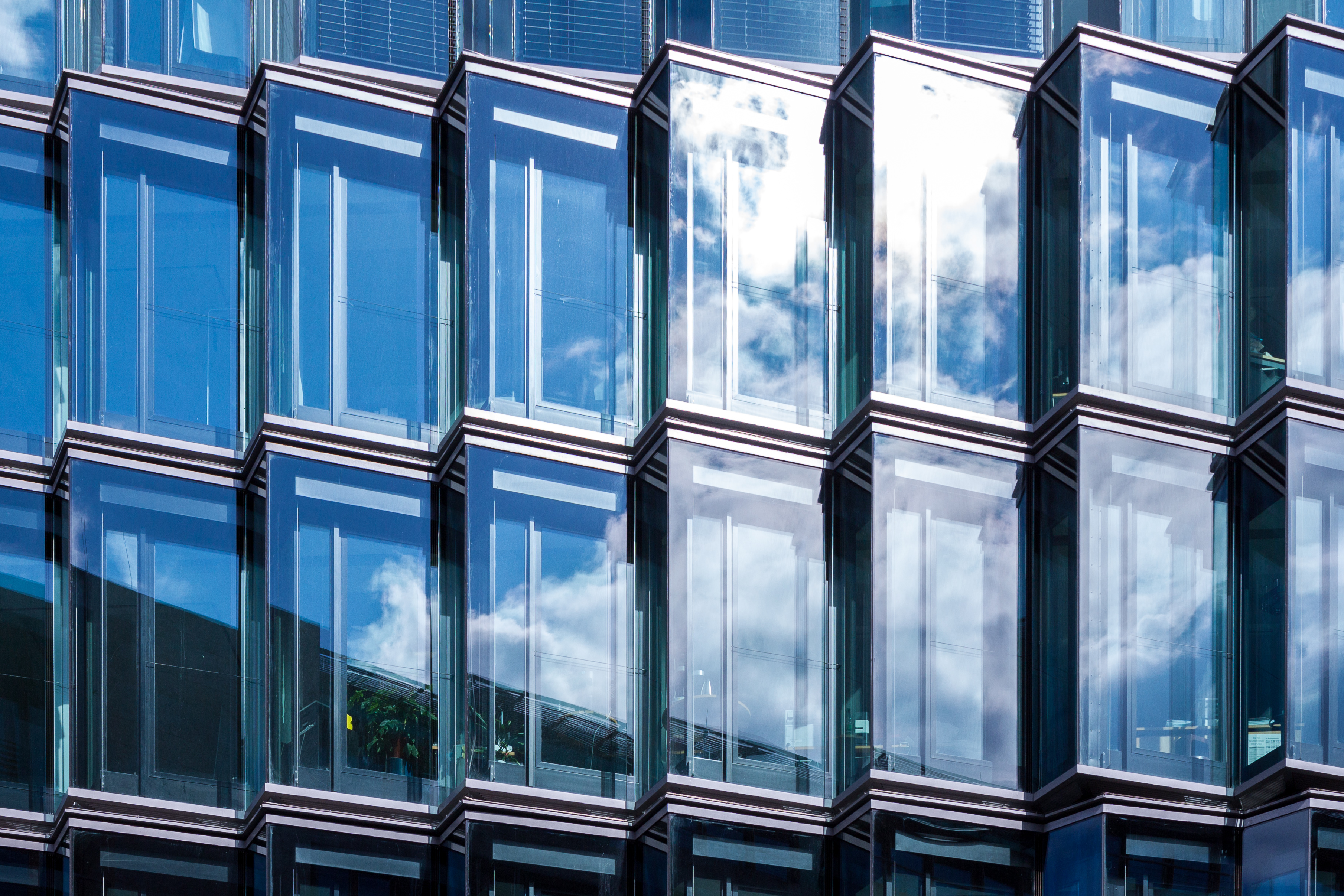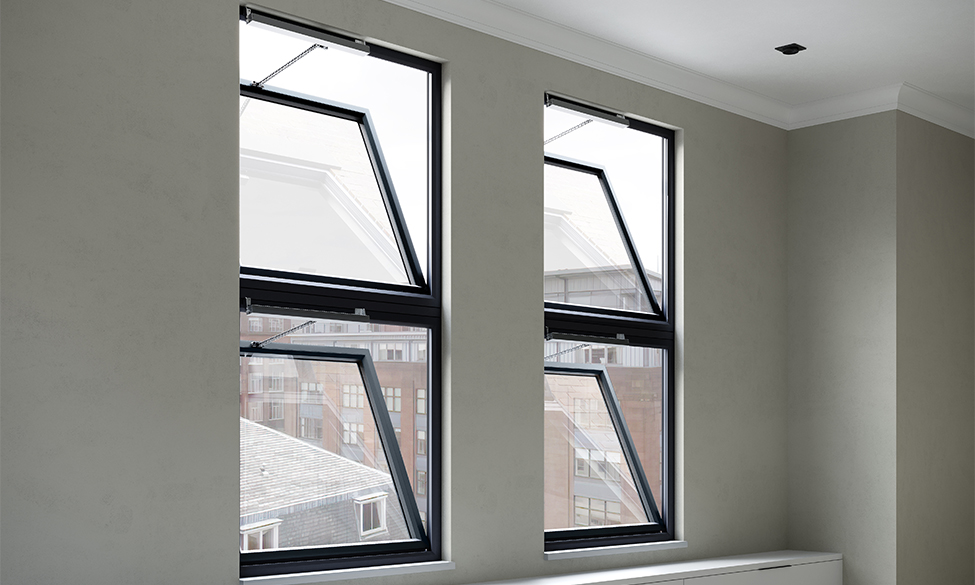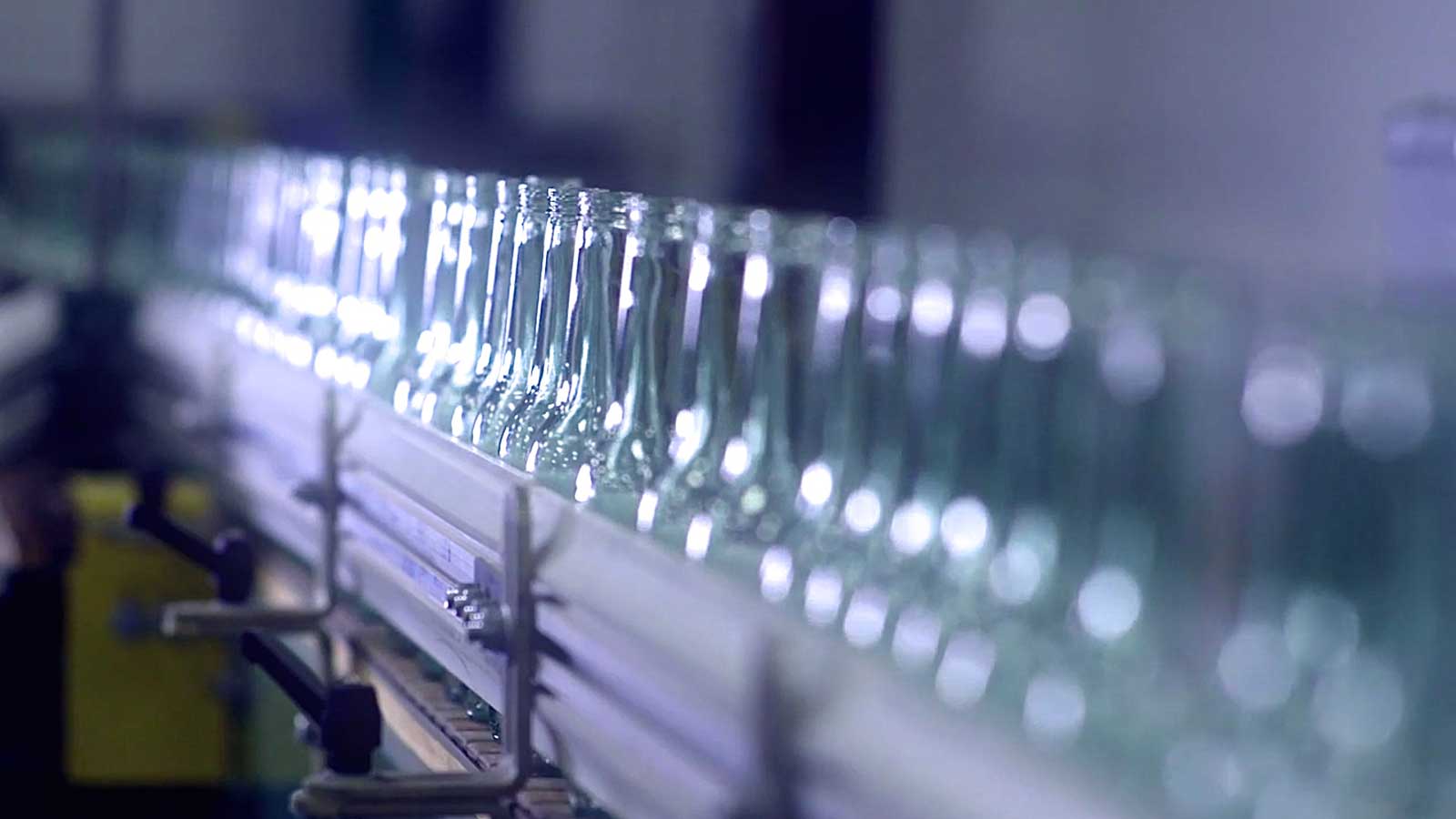Jeddah Tower, rising from the shores of the Red Sea in Saudi Arabia, is set to redefine both architectural ambition and the role of advanced façade engineering in skyscraper construction. Planned to soar beyond 1,008 meters, the tower will not only claim the title of the world’s tallest building but also become one of the most significant glass-clad structures ever attempted.
A project of the Jeddah Economic Company, the tower is part of the visionary Jeddah Economic City development, aligning with Saudi Arabia’s Vision 2030 to diversify the economy and establish the kingdom as a hub for innovation. The design, by Adrian Smith + Gordon Gill Architecture, calls for a high-performance façade that can withstand the region’s extreme heat, intense solar radiation, and strong coastal winds.
The curtain wall system, engineered and supplied by Jangho Group Co., LTD, will feature precision-manufactured aluminum framing by ALUPCO® and cutting-edge glazing solutions from Guardian Industries, a global leader in architectural glass. This partnership ensures that every panel serves multiple functions: maximizing daylight, reducing heat gain, resisting corrosion from the marine environment, and preserving crystal-clear views from the tower’s estimated 167 habitable floors.
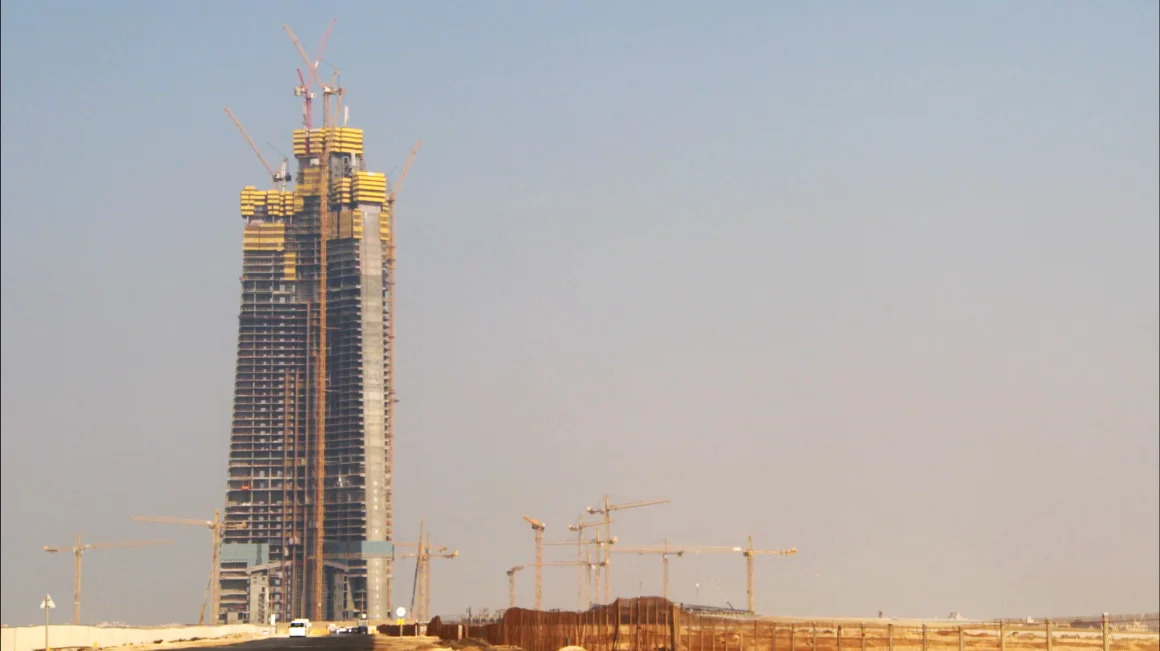
The tower’s façade will likely employ advanced low-emissivity (Low-E) coatings, insulating glass units (IGUs), and possibly double or triple glazing in strategic zones to optimize energy performance. Given its unprecedented height, the glass must also meet stringent wind-load requirements and perform consistently under significant temperature fluctuations between day and night.
Once complete, anticipated around 2028, Jeddah Tower will stand as a case study in the integration of architectural vision and glass technology. More than a record-breaker, it will be a beacon for the global façade industry, proving how innovation in glass and aluminum can make the impossible possible.
Source: CNN with additional information added by Glass Balkan
